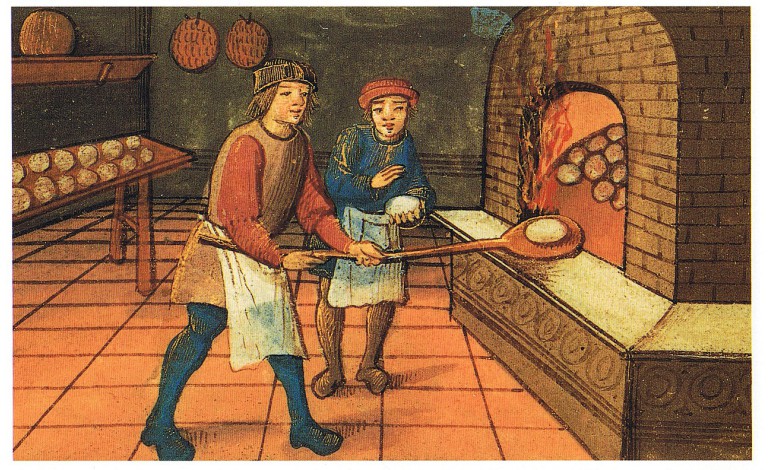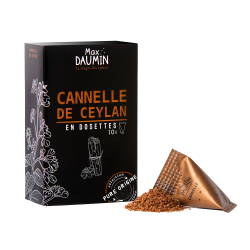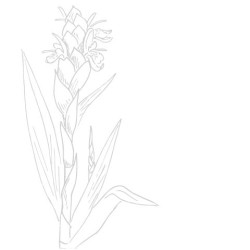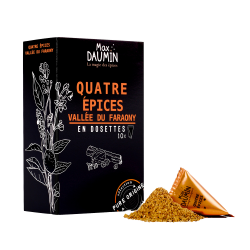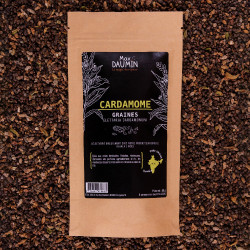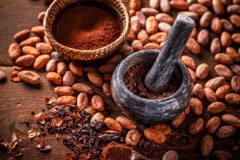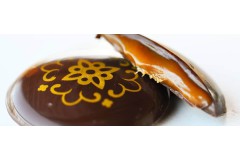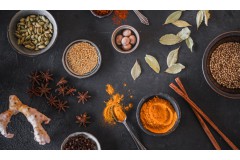An ancient beginning
The history of gingerbread began in ancient times. The first written reference to gingerbread dates back to Egyptian times: A bread baked with aromatic herbs and a few spices, then coated with honey.
According to Egyptian, Greek, Roman and Teutonic mythology, honey was a gift from the gods. The Bible also speaks of the “promised land flowing with milk and honey”. This explains why, in ancient times, honey was attributed to a divine gift for its curative and invigorating effects.
There are several references in ancient times to bread sweetened with honey. The Greek Aristophanes mentions “melitounta”, made with flour and sesame and coated with honey. The Romans called it “panis mellitus”, a fried bread drizzled with honey, but these were just the precursors of today's gingerbread.
Then an Asian birth
The closest thing to it, and certainly the foundation of our contemporary gingerbread, is a Chinese honey bread, flavored with spices and aromatic herbs. It served as a ration for Chinese soldiers in the Middle Ages. It was developed in China in the 10th century for the emperors of the Tang Dynasty. Texts from the 13th century mention this bread as part of the war rations of Genghis Khan's horsemen, who spread it among the Arabs. It is said to have been called “Mi-kong”.
And European monastic diffusion
During the Crusades of the 12th and 13th centuries, Europeans also discovered it. They brought the recipe and spices back to their respective kingdoms. It was mainly in Germany, in the cities of Ulm, Munich and especially Nuremberg, that gingerbread became firmly established. Gingerbread makers, the true pastry masters of gingerbread, appeared on the scene. A whole range of skills were put to the test, not least the ability to find the spices needed to make gingerbread.
The first mention of “Lebkuchen”, or gingerbread in German, was made in Ulm in 1296, then spread to the monasteries of the Holy Roman Empire: Munich, Aachen, Basel, Augsburg and Nuremberg, where it was mentioned in 1395.
This bread quickly won over the monks. Through monastic networks, in particular Cistercian monks, gingerbread gradually spread throughout Europe. Each region developed its own recipes (depending on the spices chosen and, above all, those available).
In 1453, gingerbread was found on the Christmas tables of Cistercian monks in Alsace.
At that time, it took on a human form (still found on our tables today). The first master gingerbread makers were established in Reims in the 14th century.
Some twenty master “pains d'épiciers” (gingerbread makers) officiated there, and they were the most renowned in the kingdom. In 1571, the archbishop's bailiff even granted them corporation status, officially recognized in 1596 by Henri IV!
Similarly, in Alsace, a little later in the Renaissance, the “Lebküchler” (bread grocers) founded their own guild, whose emblem represented a pretzel bear. Noble 16th-century wooden molds, finely carved with magnificent scenes, have been preserved and bear witness to the luxury surrounding this commodity. Indeed, spices were prohibitively expensive at the time.
Old gingerbread mold.
The reputation of Alsace's maitres d'épiciers was such that, in 1643, they were forbidden to work as both grocer and baker!
In 1452, the Duke of Burgundy, Philippe III le Bon, first tasted this curious galette in Courtrai, Belgium. In Dijon, the first maitre d'épicier (grocer's bread master) was registered in 1711. This gave rise to a variant of gingerbread: nonnettes.
Over the years, taking advantage of falling spice prices, this pastry developed and became popular throughout Europe. Gingerbread also enjoyed great success in North America, brought over by the first European settlers.
Today, there are many variations on gingerbread. They vary mainly on the spices.
Have a nice day,
Max Daumin
Spices Max Daumin
Gold 2017-2018 Silver 2020 - 2021 Bronze 2019 | Trophée national de l'épicerie fine
Artisan Producer of the Collège Culinaire de France 2021
Where does gingerbread come from? its history, its origin
Posted by
Max Daumin
10/25/2021
Articles by Max Daumin
